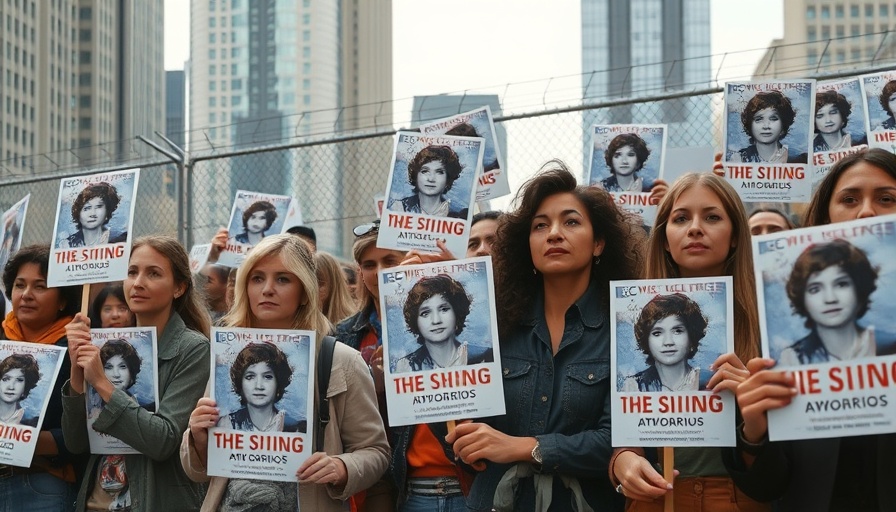
Understanding the Human Costs: Israeli and Palestinian Lives in Conflict
The ongoing conflict between Israel and Hamas reveals a startling humanitarian narrative through the lens of suffering, loss, and survival. Recent images circulated by Hamas showing Israeli hostages alongside emaciated Palestinian children starkly illustrate the deep-seated anguish experienced on both sides. This juxtaposition not only sheds light on the human cost of warfare but also raises questions about how such portrayals shape our understanding of the situation.
The Human Element: Real Lives at Stake
In the midst of conflict, statistics often overshadow the individual stories that lie behind them. Each image and report involves real people—men, women, and children—whose lives have been irreversibly affected by violence. The portrayal of starved hostages and malnourished infants serves as a powerful reminder of the urgent need for compassion and empathy amidst the rhetoric of war.
Exploring the Shadows of Conflict through Public Sentiment
The images circulating do more than document suffering; they also reflect the complex emotions of the public. Many feel anger and helplessness, recognizing that the humanitarian crises are not isolated but intertwined. This shared grief highlights the importance of addressing the underlying issues that perpetuate violence and despair in both the Israeli and Palestinian communities.
Beyond the Images: Understanding Context
While dramatic visuals can elicit immediate reactions, they can also obscure the larger context of the conflict. It's essential to acknowledge the historical resentment, psychological traumas, and socio-political circumstances that lead to such humanitarian crises. Understanding the depth of the conflict requires looking beyond images to grasp the affected communities’ perspectives, histories, and aspirations for peace and stability.
The Need for Compassionate Responses
This situation also calls for a reassessment of how global leaders and organizations approach the crisis. Rather than solely focusing on strategic gains, it's crucial to foster dialogue that prioritizes humanitarian needs. Compassionate responses and conflict resolution strategies must seize the moment to address solutions holistically, incorporating the voices of those directly impacted.
Hope Amidst Despair: Future Possibilities
Despite the bleak circumstances, there exists a glimmer of hope that change is possible through collective action and commitment to peace. Grassroots movements advocating non-violence, cross-cultural dialogue, and community building highlight the potential for resolution and healing, even in times of despair. The future depends on the courage to uplift the narratives of those advocating for peace rather than perpetuating cycles of violence.
Conclusion: The Call for Awareness and Action
The images presented by Hamas serve as a sobering reminder of the fragility of human life in times of conflict. They compel us to acknowledge the urgency of understanding and addressing the causes of such suffering, emphasizing the necessity of compassion and dialogue. We must harness this awareness to advocate for meaningful solutions that recognize the humanity in everyone involved. The power of these visuals is not just to depict pain but to inspire action towards a more peaceful future.
 Add Row
Add Row  Add
Add 



Write A Comment